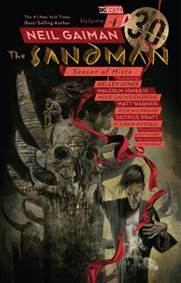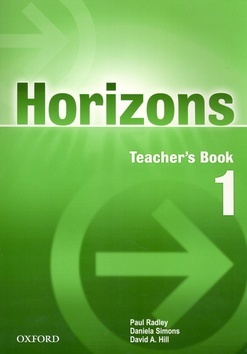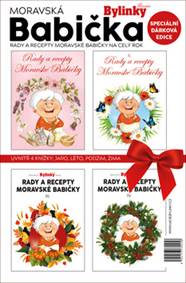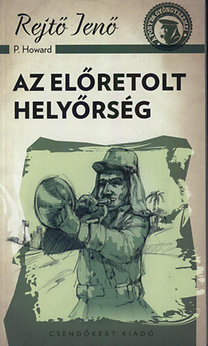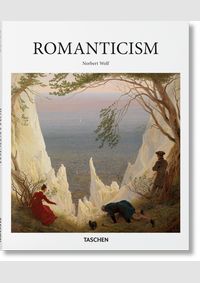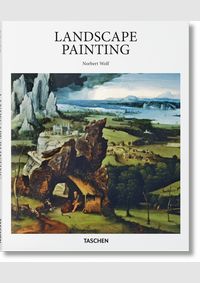Norbert Wolf, TASCHEN
Genres, Romanticism – Norbert Wolf, TASCHEN
In a revolt against rationalism, Romanticism sought to return to nature and the belief in the goodness of humanity, with the artist considered to be a profoundly individual creator. Beginning in the early 19th century, Romantic ideals developed largely in opposition to the traditions of Greco-Roman antiquity, and advocated an open-ended and progressive—that is, modern—view of the age. Yet Romantic artists, searching perhaps for unattainable ideals, also looked back to the late medieval and Renaissance periods for nostalgic themes of Judeo-Christian heritage, drawing from these, they believed that a politically and intellectually enlightened utopia could be achieved. Romantic styles and subjects varied widely throughout Europe and America, ranging from tranquil contemplative scenes to spectacularly staged events, and it is precisely this diversity that lends Romantic art its fascination and lasting influence. This volume gathers an essay situating the genre across different regions, crisp painting reproductions, and detailed interpretations of 31 crucial pieces to offer a comprehensive introduction to Romanticism.
Romanticism – Norbert Wolf, TASCHEN
In a revolt against rationalism, Romanticism sought to return to nature and the belief in the goodness of humanity, with the artist considered to be a profoundly individual creator. Beginning in the early 19th century, Romantic ideals developed largely in opposition to the traditions of Greco-Roman antiquity, and advocated an open-ended and progressive—that is, modern—view of the age. Yet Romantic artists, searching perhaps for unattainable ideals, also looked back to the late medieval and Renaissance periods for nostalgic themes of Judeo-Christian heritage, drawing from these, they believed that a politically and intellectually enlightened utopia could be achieved. Romantic styles and subjects varied widely throughout Europe and America, ranging from tranquil contemplative scenes to spectacularly staged events, and it is precisely this diversity that lends Romantic art its fascination and lasting influence. This volume gathers an essay situating the genre across different regions, crisp painting reproductions, and detailed interpretations of 31 crucial pieces to offer a comprehensive introduction to Romanticism.
Landscapes – Norbert Wolf, TASCHEN
Enigmatic and ambiguous in its role as both setting and subject, the landscape has been one of the&,nbsp,most important genres in painting for centuries. This dedicated survey spans the&,nbsp,late Middle Ages to modern times&,nbsp,to bring the evolution of the landscape genre to life through its&,nbsp,most critical works, executed by groundbreaking artists as diverse as&,nbsp,Titian&,nbsp,and&,nbsp,Warhol.As a form, landscapes represent the topography of the natural world as much as our own, reflecting the diversity of earth’s vistas, but also keen&,nbsp,indications of developments in representational aesthetics, religious and political history, notions of the sublime and the romantic, as well as the&,nbsp,arrival of modernity&,nbsp,and the vast changes wrought on the environment by industrialization and&,nbsp,urbanization.Opening this insightful volume is an introductory essay offering a&,nbsp,meticulous overviewof the genre and its&,nbsp,most crucial developments. Luscious double-page spreads on each of the 34 featured artworks include a crisp painting reproduction and an extensive art historical analysis on the masters of the form—including such greats as&,nbsp,Hieronymus Bosch, Pieter Bruegel, El Greco, John Constable, Claude Monet, and&,nbsp,David Hockney.
Holbein – Norbert Wolf, TASCHEN
Renaissance presence Hans Holbein the Younger, portraitist extraordinaire Religion, Renaissance, and Reformation - these three ideologies shaped the world of 16th-century portraitist Hans Holbein the Younger (1497/98-1543), a pivotal figure of the Northern Renaissance, whose skills took him to Switzerland, Belgium, Italy, and England, and garnered patrons and subjects as prestigious as Henry VIII, Thomas More, Anne of Cleves, and Reformation advocate Thomas Cromwell. While he started out with, and maintained, a repertoire of religious works, Holbein is regarded above all as one of the greatest portraitists in Western art history. His probing eye was matched with a draftsman mastery of line and an almost supernatural ability to control details, from the textures of luxurious clothing to the ornament of a room. He combined this meticulous mimesis with an inspired amalgam of regional painterly traits, combining Flemish-style realism, late medieval German composition, and Italian formal grandeur to astonishing effect. During his time in England, Holbein became official court painter to Henry VIII, producing both reformist propaganda and royalist paintings to bolster Henry' status as monarch and as the new Supreme Head of the Church following the English Reformation. His portrait of Henry from 1537 is regarded not only as a portraiture pinnacle but also as an iconic record of this transformative monarch and the Tudor dynasty. Through this turbulent period, Holbein also produced anti-clerical woodcuts, and sketched and painted Lutheran merchants, visiting ambassadors, and Henry's notorious succession of wives. In this Basic Art introduction, we survey some of Holbein's key works from his illustrious and international career. Along the way, we discover a period as ripe with artistic innovation as with courtly drama and radical religious change, and an artist who made as much of a historical mark as the subjects he painted.


